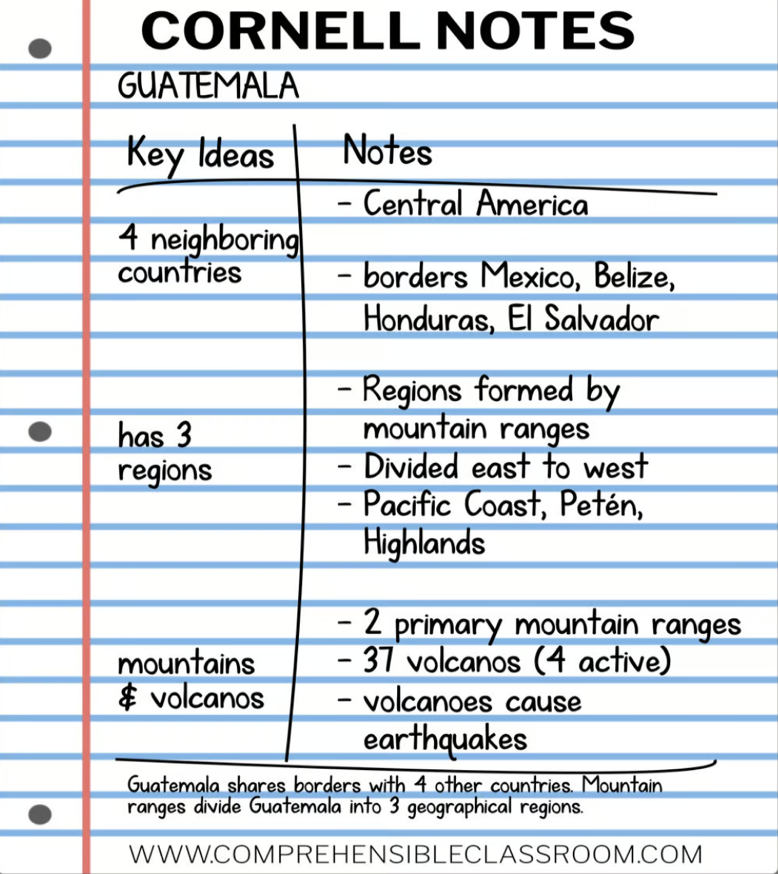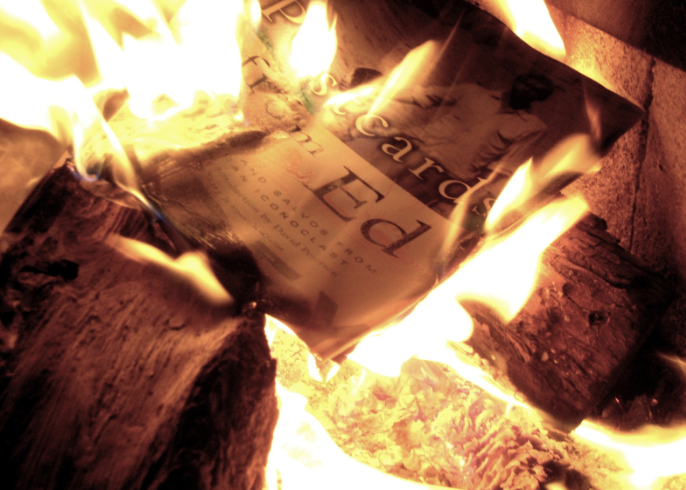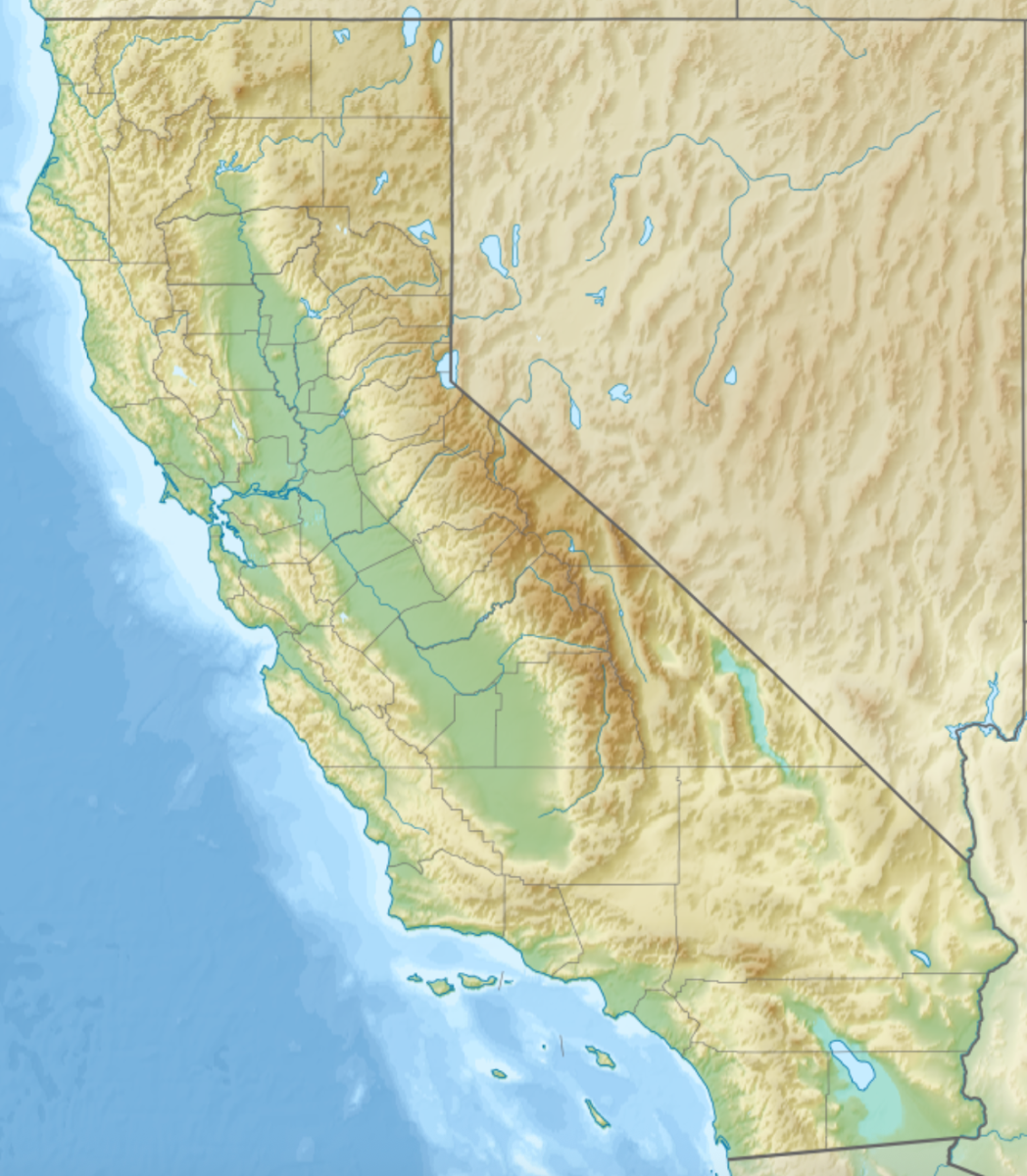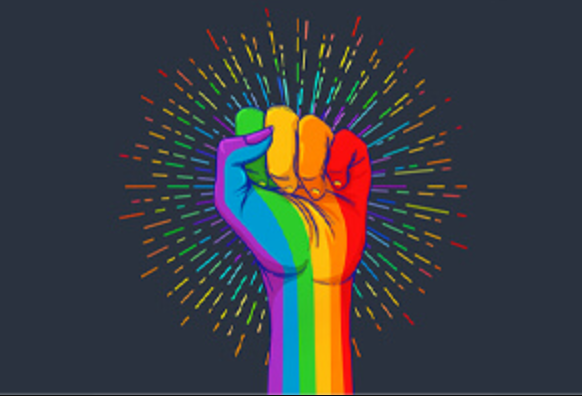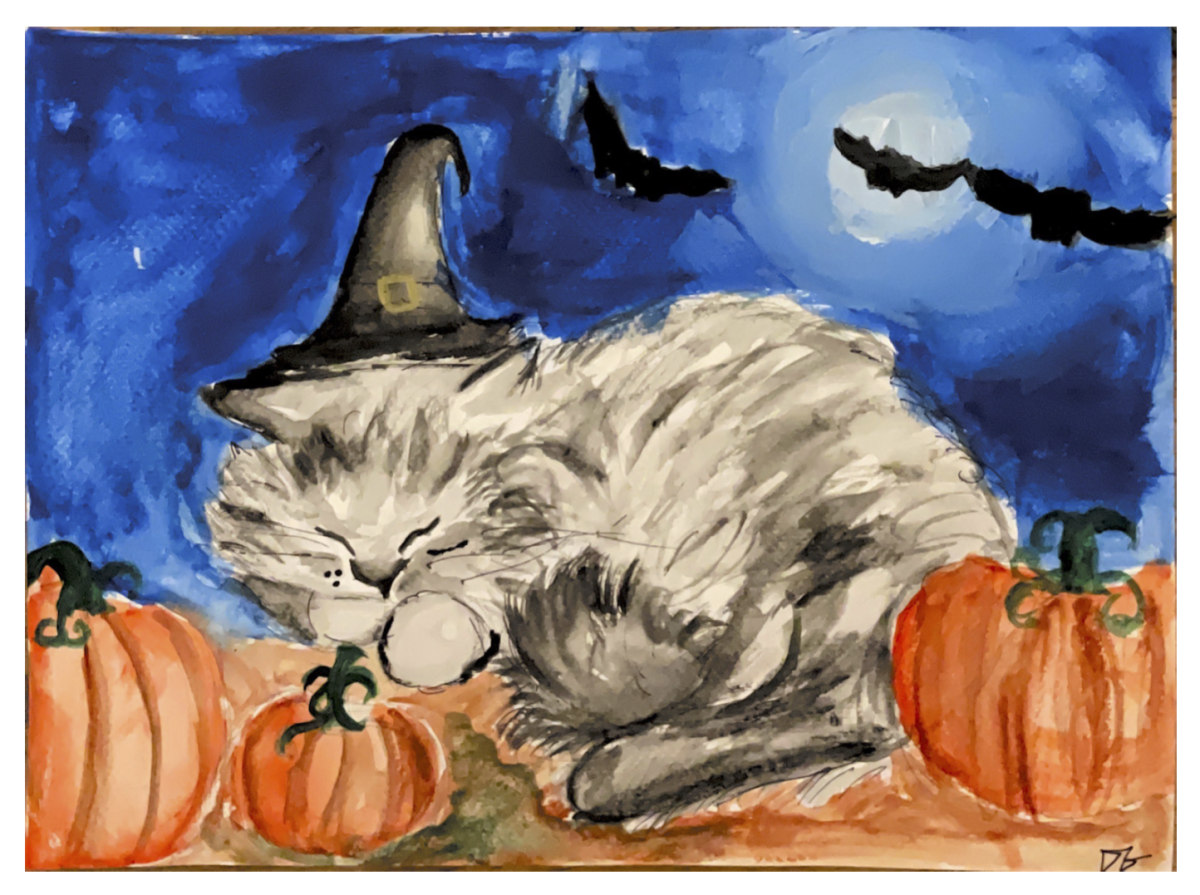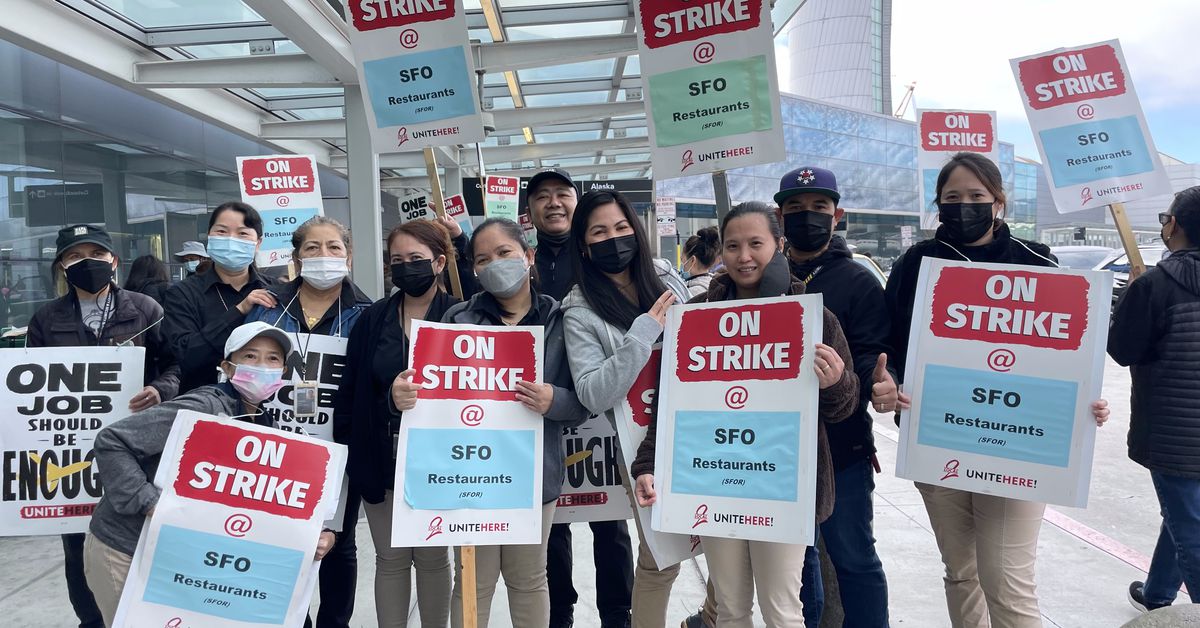Previously published Oct. 29, 2020
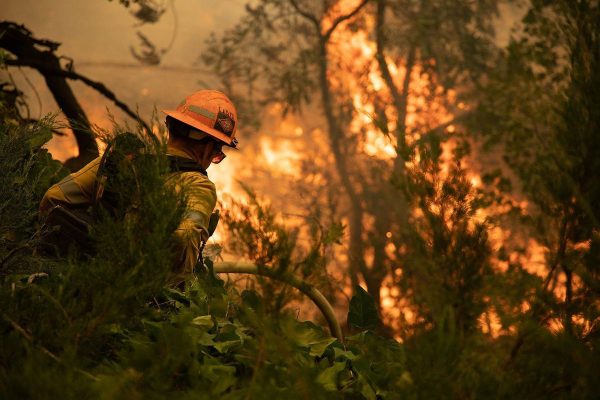
San Bernardino County Fire, Public domain, via Wikimedia Commons
From worsening air quality to forced evacuations, the California wildfires have made a major impact on our lives over the past few months. Around 12,000 firefighters are fighting over twenty major blazes, one of which, the August Complex Fire, broke California’s record for the largest wildfire in history. These rampant wildfires have impacted all Californians in some way, and they have directly affected over 96,000 citizens across the whole state, who were ordered to evacuate. They have also impacted the environment in a variety of ways. For one, the wildfires released large amounts of smoke into the air, which contains many fine particles and chemicals dangerous to human health. One less obvious side effect of fires is that surface runoff from burned homes introduces harmful chemicals and particles into the water, contaminating water infrastructures.
So, why exactly did the number of fires and their severity increase so dramatically this year? The answer is simple: climate change. Climate change has caused the weather in California to become increasingly hot and arid, leading to more frequent and longer droughts. As a result, all the moisture from trees and shrubs evaporates, turning the vegetation into fuel for the fire and setting up a perfect environment for wildfires.. Another common cause is lightning, which caused the August Complex Fire. Even a small pyrotechnic device used in a gender reveal party sparked a major fire that has burned over 20,000 acres of land. Wildfires are an integral way for nature to regulate forests, but climate change has altered it into something more deadly and devastating than it once was.
Unfortunately, there are many teachers and students in BISV that have had to evacuate due to these catastrophic fires. Dr. Jupin, BISV’s subject expert teacher for English and Film Studies, was one of the 96,000 people who were forced to leave their homes. At first, he thought that the evacuations were just a safety precaution. However, a few days later, Dr. Jupin realized that it was something much bigger than that.
“I started to get worried that my home was going to be destroyed. I started getting worried about my friends and neighbors, whose homes are also in jeopardy,” he said.
Over 8,000 structures have been destroyed so far, many of which were the homes of the evacuees. Despite the tragedy of this event, Dr. Jupin remarked that he felt lucky that “people in his community were calling and asking me, ‘Are you okay, [and] is there anything we can do to help?’”, showing the compassion of humans in times of need. Almost $1 million was raised for the disaster relief fund of KCRA 3, My58, and the California Gold Country Region of the American Red Cross alone, and millions more were raised by organizations such as the California Fire Foundation and the Salvation Army. Although the wildfires are a calamitous event that heavily impacted many this year, such disasters bring out the best in people and show the willingness of individuals in the community to help each other during hardships.

CAL FIRE Mendocino, Public domain, via Wikimedia Commons




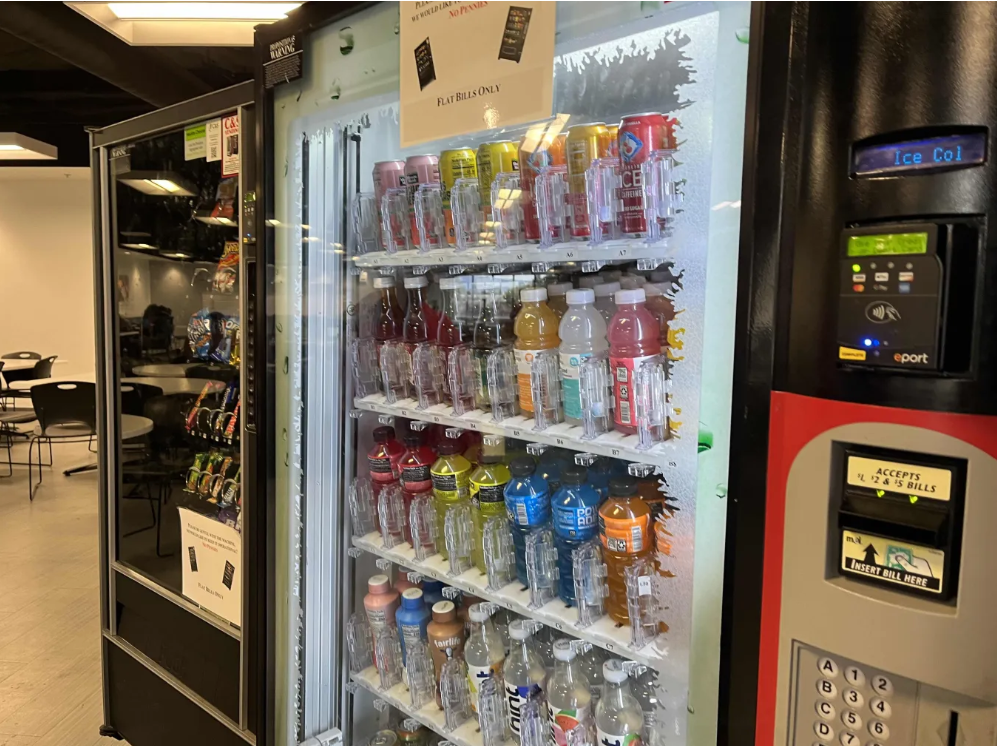


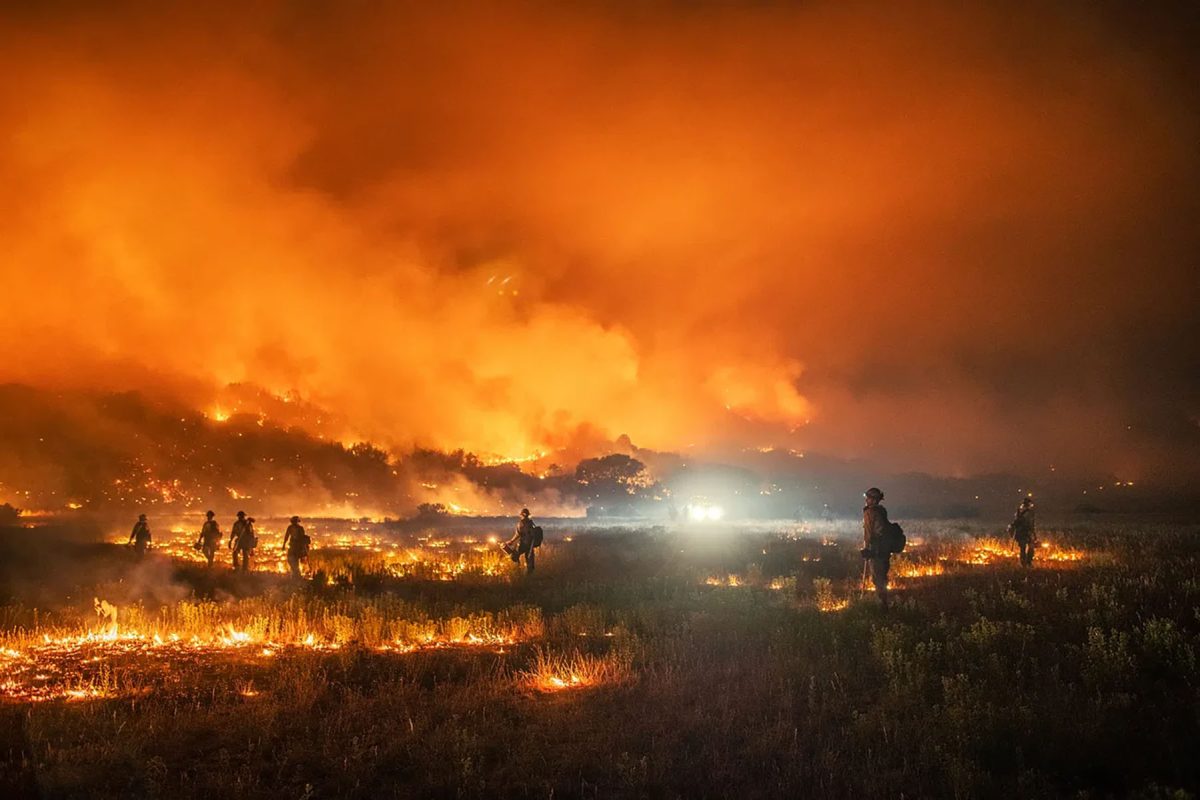




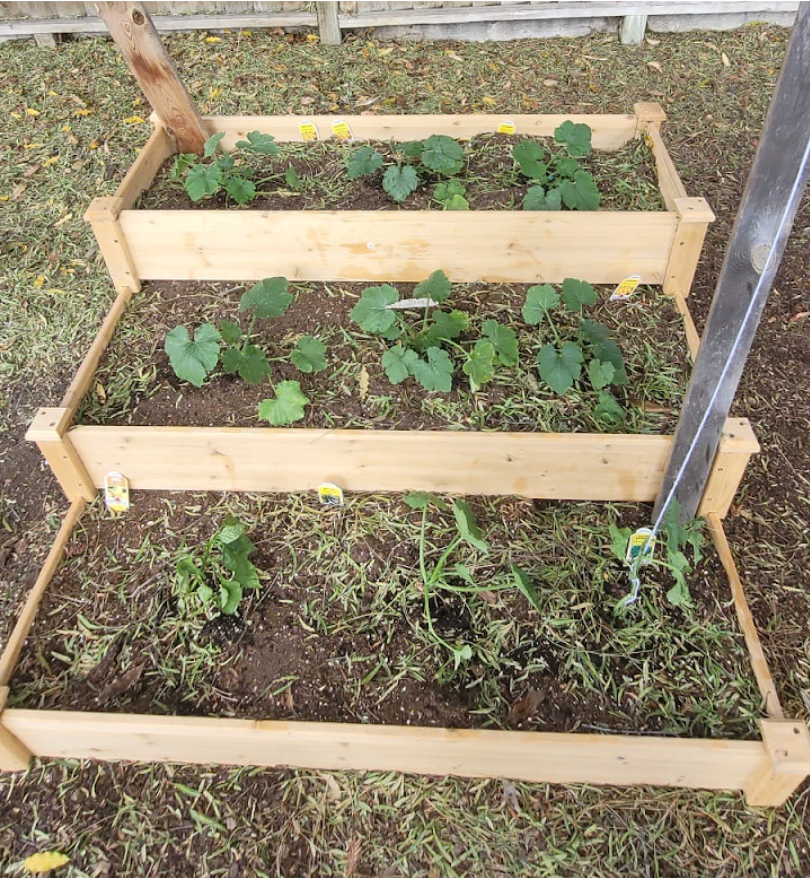
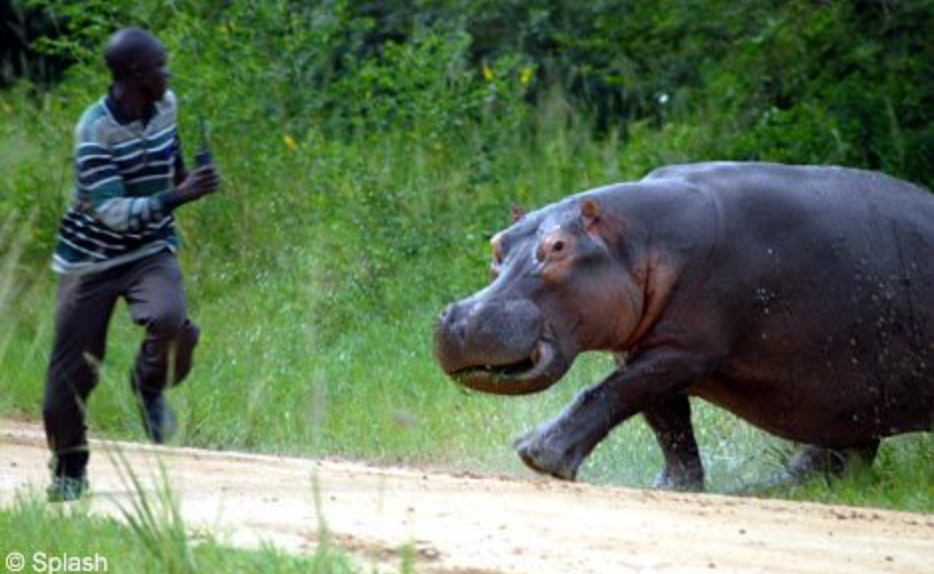



![Teacher [Milk] Tea: Part 2](https://bisvquill.com/wp-content/uploads/2024/03/Screen-Shot-2024-03-19-at-9.28.48-PM.png)
